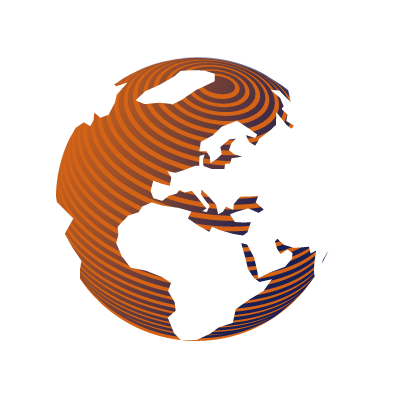Nanotechnology specialists have found a simple yet effective way to improve printing techniques with nanomaterials making a wide range of new structures now possible. The breakthrough will have uses in the development of smart materials and biomedical devices, as well as improving conductivity and light transmittance in nanoelectronics.
The discovery was made at the Center for Soft and Living Matter (CSLM) part of the Institute for Basic Science (IBS) in South Korea, where the scientists have built nano-skyscrapers, nano-‘jungle gyms’, curved nanowall arrays and nanobridges. 3D structures such as these were previously not possible from a technique called electrospinning.
This is because electrospun fibres are difficult to control making the technique only useful for constructing 2D shapes or simple hollow cylinders, typically with fibre diameters measuring as much as a few micrometres.
By adding an appropriate amount of sodium chloride (NaCl) to the polymer solution, the IBS team have improved the control of the nanofibre deposition onto the platform, enabling the construction of more advanced 3D structures; a process called near-field electrospinning (NFES).
The study has now been published in the journal Nano Letters where they state that, “Near-field electrospinning (NFES) was developed to overcome the intrinsic instability of traditional electrospinning processes and to facilitate the controllable deposition of nanofibers under a reduced electric field. This technique offers a straightforward and versatile method for the precision patterning of two-dimensional (2D) nanofibers.”
NFES is a nanomaterial construction method which involves filling a syringe with a polymer solution suspended above a platform. The syringe is pre-programmed to move back and forth, left and right ejecting nanofibres onto the platform to construct a desired shape. As the platform and the syringe have opposing electrical charges the polymer jet emitted from the syringe is attracted to the platform, forming a continuous fibre which then solidifies.
“Although it is highly applicable to various fields,” explains Yoon-Kyoung Cho, one of the study’s authors, “it is difficult to build stacked nanofibers with multiple designs using the conventional electrospinning techniques. Our experiment showed that salt did the trick.”
“The benefit provided by salt is related to the charges,” observes the scientific journal Phys.org observes. “The difference in voltage between the syringe and the platform creates positive charges in the polymer solution and negative charges in the platform, but a residual positive charge stays in the solidified fibers on the platform. The team found that applying salt to the polymer solution enhances the charge dissipation, leading to higher electrostatic attraction between the nanofiber jet and the fibers deposited on the platform.”
With the simple application of salt, the team was able to build nanowalls with a thickness as little as 92 nanometres, yet as high as 6.6 micrometres. They also constructed more complex forms such as nano ‘jungle gyms’, skyscrapers, and bridges, all with controllable dimensions.
But this research is more than just nanoscale architecture. As the Phys.org report further describes, “To demonstrate the potential application of these nanostructures, the researchers in collaboration with Hyunhyub Ko, professor at Ulsan National Institute of Science and Technology (UNIST), prepared 3-D nanoelectrodes with silver-coated nanowalls embedded in transparent and flexible polydimethylsiloxane (PDMS) films. They confirmed that electrical resistance could be tuned with the number of nanofiber layers (the taller the nanowalls, the smaller the resistance), without affecting light transmission.”
“Interestingly, this method can potentially avoid the trade-off between optical transmittance and sheet resistance in transparent electrodes,” concludes Yang-Seok Park, the study’s lead author. “Arrays of 3-D silver nanowires made with 20, 40, 60, 80, or 100 layers of nanofibers had variable conductivity, but stable light transmission of around 98 percent.”
Nanomaterials are already offering a wealth of ways to improve products. They are raw materials with exceptional properties of strength, flexibility, and selected electro-conductivity, yet they still have their limitations.
Following the development of near-field electrospinning for improved 3D printing with greater control, a wide range of structures is now possible. As well as being a basis for further research, the discovery gives a real boost to nanoscale electronics.
Another nanotechnology breakthrough that provides further evidence, if needed, on how nanomaterials are changing our world.
Photo credit: Nano Letters, & Phys.org
